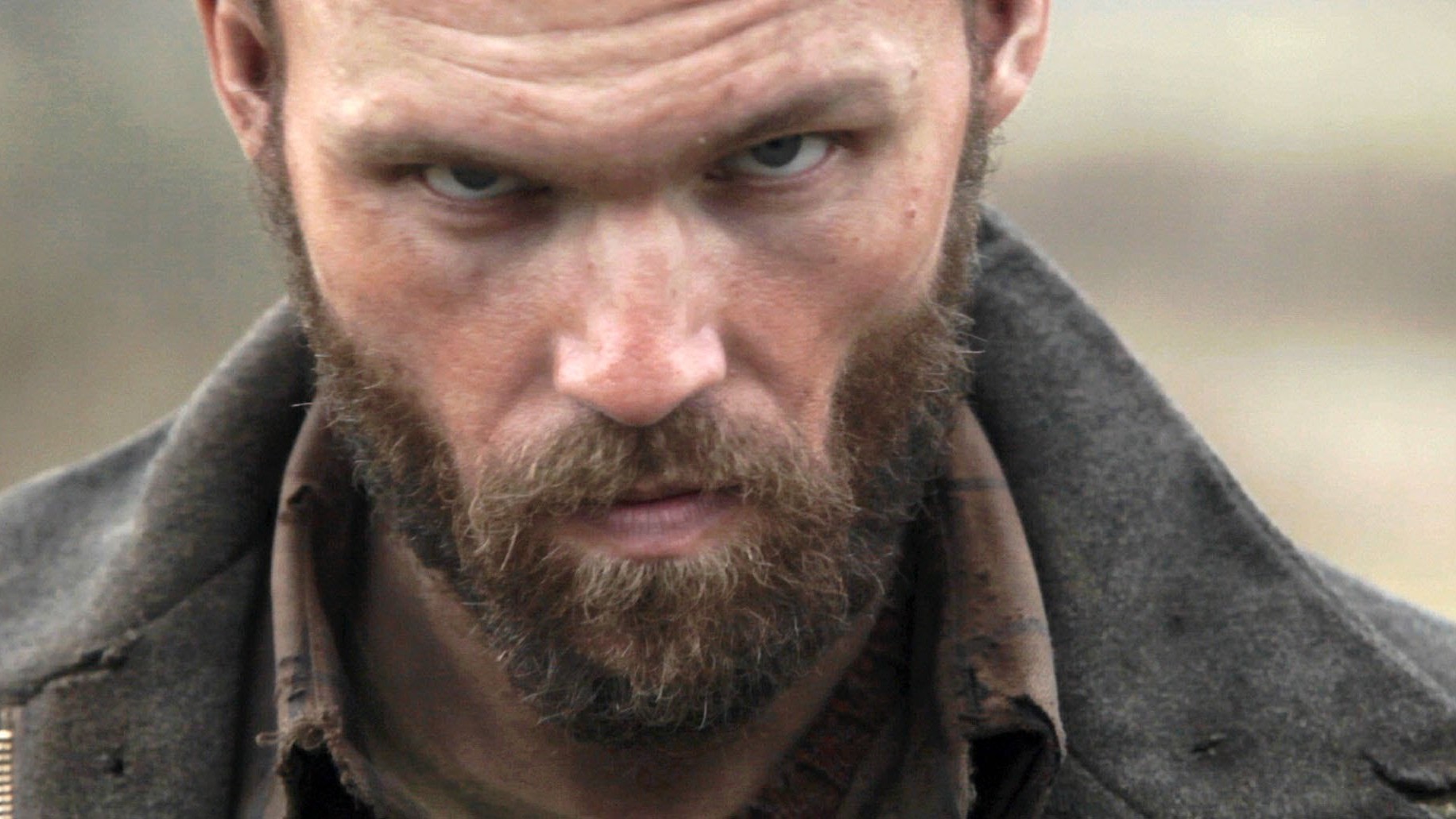James Franco is a man of many intriguing hobbies, one of which is choosing novels that are usually regarded as “unfilmable” and adapting them into feature films. Lately, Franco is on a roll when it comes to adapting rather difficult literary content. Franco now has two Faulkner novels under his belt, As I Lay Dying and The Sound and the Fury, both of which were nontraditional in narrative and form. His latest adaptation is based on a Cormac McCarthy novel, Child of God, which is a short book filled with beautiful minimalist prose and a protagonist who does not fall under the usual hero archetype.
Child of God opens with a voiceover that is pulled directly from McCarthy’s text and jumps in immediately with a scene that introduces us to the isolated and mentally unstable Lester Ballard (Scott Haze) as he faces off against an entire mob of citizens, ultimately getting his head bashed with a rifle. Franco’s vision in Child of God is very close to the source novel and does not shy away from any of the dark subject matter, that is often uncomfortable but oddly humorous.
Franco is not interested in flashy cinematic shots here, more so in the minimalist style and honest character study of Lester Ballard, which is where Child of God really shines. Newcomer Scott Haze’s performance as Lester is phenomenal in a scary way. Variety even named him one of the top 10 “Actors to Watch” back in 2013. Haze reportedly fled to Tennessee to prepare for the role as soon as Franco offered it to him, and spent many nights sleeping in caves in an attempt to emotionally and physically embody Ballard. It’s safe to say that Haze’s preparation truly paid off here in one of the most serious performances in a film all year.
(Newcomer Scott) Haze reportedly fled to Tennessee to prepare for the role as soon as Franco offered it to him, and spent many nights sleeping in caves in an attempt to emotionally and physically embody Ballard.
Every facet of the lead performance here, from the way Haze drags his body around, to the animalistic yelps and screams, Lester Ballard is an absurdly compelling figure to watch on the big screen. In a strange but funny moment, we even see Lester defecate in the woods and wipe himself. Moments like this would never see the light of day in a big budget studio film, yet they add to the entire aesthetic here in bizarre, unexplainable ways. Lester’s eyes are wild and he doesn’t speak like a human. He carries corpses with humorous unease, lugging them around unsuccessfully for the most part. Lester is a monster roaming 1960s Tennessee and is ultimately looking for human love, just in different ways than we are used to seeing on film.
Speaking of love, the scenes of necrophilia are handled with surprising maturity here, though it isn’t Franco’s first attempt at necrophilia on film (see his short film “Herbert White” starring Michael Shannon). Regarding these particular scenes, some viewers will find them unpleasant to sit through, but I truly believe Franco navigated this subject without being the slightest bit “icky.”
In the end, the audience does not get to see Ballard pay for what he’s done. Child of God is the antithesis of a Hollywood film and solely cares about being true to McCarthy’s art. Regardless of what you think about Franco and his ever-growing collection of books, films and artwork, one has to compliment him on making a film that would otherwise never be made by any studio. If anything is certain, it is that Franco has an immense passion for literature and can be absolutely trusted with an otherwise “unfilmable” source material.


